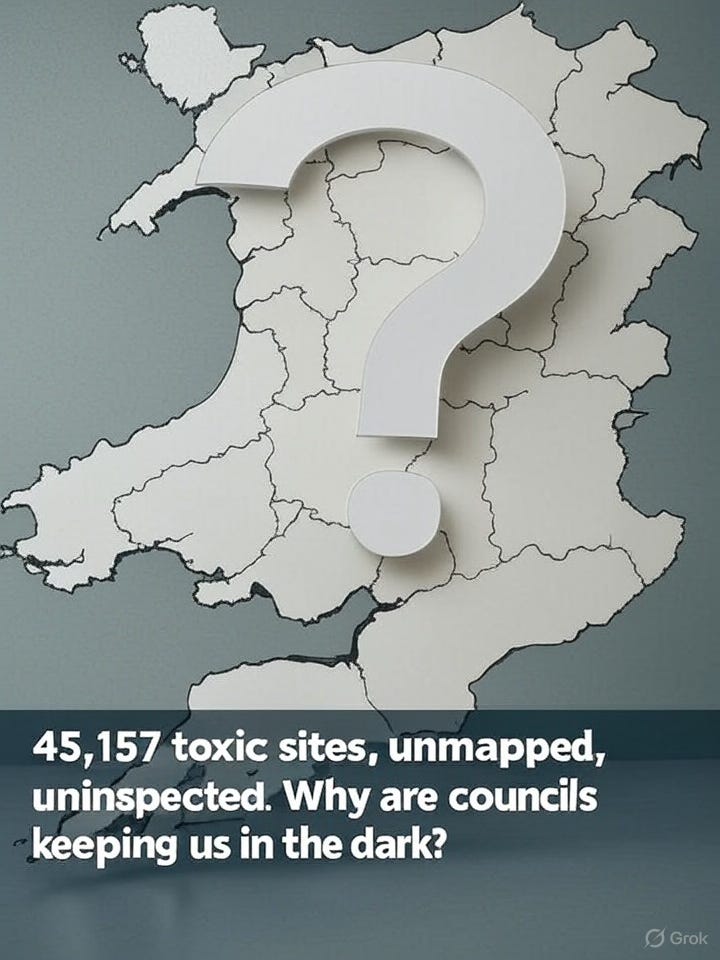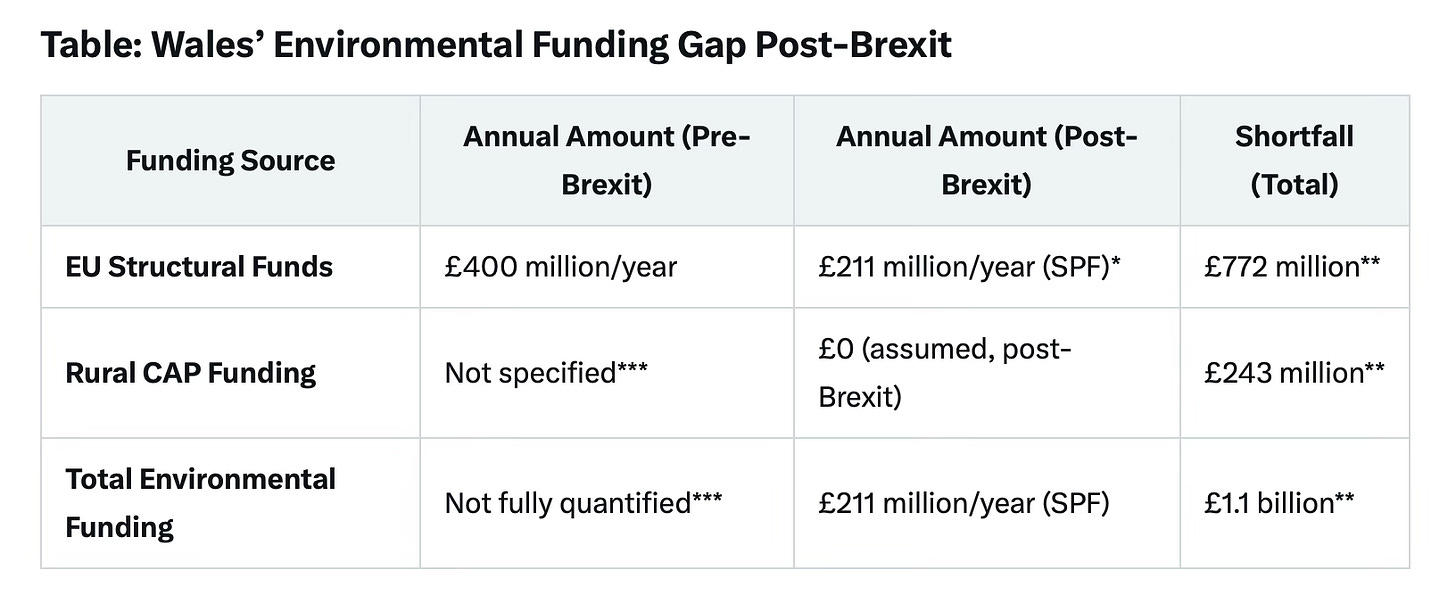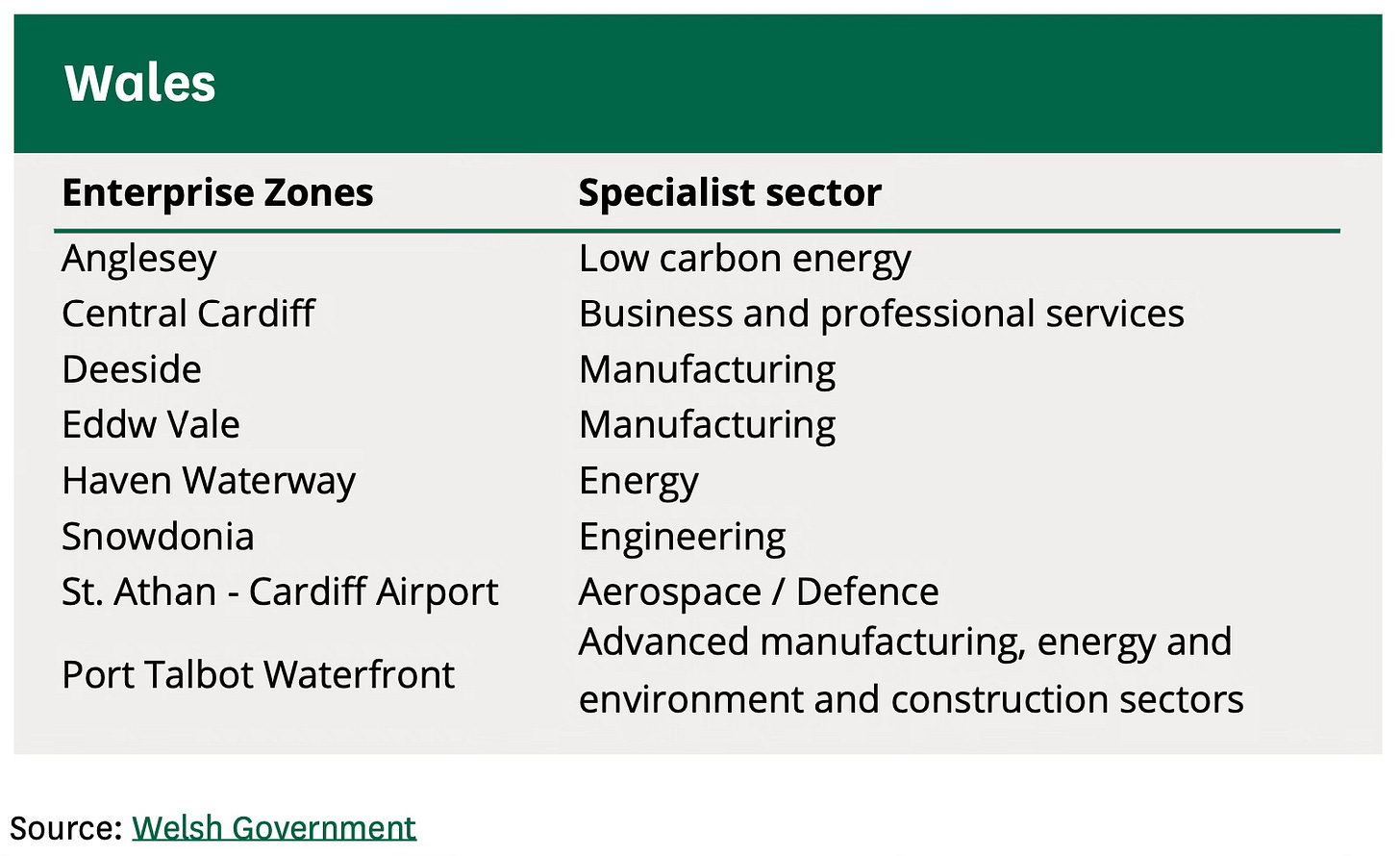
How councils, regulators fail communities exposed to industrial toxins
EUROPEANPOWELL
Ynysddu’s Toxic Nightmare
In Ynysddu, South Wales, Jane Beechy stands on barren land where nothing grows. For over a decade, she’s watched toxic brown foam seep from an abandoned quarry above her village, ruining her plans to expand her horse-riding business. “Who’s going to keep their horses here if it’s not safe?” – Jane Beechy, Ynysddu resident fighting toxic contamination. Independent tests by Dr. David Megson from Manchester Metropolitan University found dangerous levels of polychlorinated biphenyls (PCBs), “forever chemicals” linked to cancer, liver damage, in the soil. Yet Caerphilly Council insists there’s no problem. Beechy’s story is a symptom of a far bigger scandal.
A Friends of the Earth Cymru investigation has uncovered at least 45,000 potentially contaminated sites across Wales, laced with heavy metals, oil, tar, solvents, radioactive substances. Shockingly, councils have properly inspected just 82 of them, a pitiful 0.18%.
https://www.theguardian.com/uk-news/2025/sep/02/at-least-45000-sites-in-wales-could-be-contaminated-with-toxic-waste-study-says
Councils Dodge Accountability
Under the Environmental Protection Act 1990, Welsh councils are legally required to inspect potentially contaminated land to protect public health. They’re failing spectacularly.
When campaigners sent freedom of information (FOI) requests to all 22 Welsh councils, more than half ignored them. Only 11 provided full responses, revealing 45,157 suspect sites, hinting the true number could be far higher.
In Ynysddu, tests after Storm Dennis in 2020 showed PCBs in flooded allotments, yet Caerphilly Council’s own tests conveniently found nothing. Dr. Megson suggests they’re “using outdated methods, testing in the wrong places.” Translation: they’re avoiding the truth. When The Canary submitted FOIs to Caerphilly about their testing methods, they didn’t respond.

Why the silence? Money.
If councils officially declare land contaminated, they’re liable for cleanup costs, often millions, especially when the original polluter is long gone. With budgets gutted since 2010, it’s cheaper to bury the problem than dig it up.
Brexit’s Environmental Cost
The crisis worsened after Brexit slashed environmental funding. Wales once received £400 million annually from EU structural funds, much of it for projects like contaminated land cleanup. Post-Brexit, the UK Shared Prosperity Fund delivered just £632 million over three years, a fraction of previous levels. The Welsh Government estimates a £1.1 billion shortfall in structural, rural funding, money that could have paid for inspections, remediation.
Where did the cash go? Redirected to “economic development” projects, leaving communities to deal with toxic legacies.

Regulators Let Polluters Off the Hook
The failure runs deeper than councils. Leaked Environment Agency documents show 495 serious pollution incidents were flagged for action between 2016, 2020.
Only 21 led to prosecutions, a measly 4%. Frontline inspectors say their cases are routinely downgraded, dropped by higher-ups. “It’s regulatory capture,” says Dr. Sarah Jones, an environmental scientist studying oversight failures. “The system protects polluters, not people.”
Water companies are a prime example. Since 2010, they’ve faced over 100 fines, including Thames Water’s record £123 million in 2025. Yet, of 81 criminal investigations into UK water companies since Labour took office, only 58 led to prosecutions, about 0.5% of cases. Polluting is just a cost of doing business.
Deregulation’s Deadly Spread
While communities like Ynysddu suffer, the UK government has rolled out 8 Special Economic Zones, 2 Freeports in Wales, promising businesses deregulatory freedoms as well as 10-year tax breaks, and 25-year licenses.

The free zones were signed off by former FM Mark Drakeford in March 2023, Drakeford knew the risks involved, I read the Senedd’s Parliamentary transcripts, where Drakeford was vocal about his doubts, but what became clear was business and economic growth took precedence over environmental preservation. These zones don’t directly cover Ynysddu, but the deregulatory mindset is spreading, weakening environmental oversight nationwide. Areas desperate for protection get the least, while corporate interests get a free pass.

Ten articles on Freeports and SEZs in Wales to read here via Bylines Cymru: https://bylines.cymru/wp-content/uploads/2023/05/Gazette-Freeports.pdf
The Human Toll
Across Wales, 45,000 sites threaten communities. In Ynysddu, contaminated woodland was used by children, dog walkers until recently fenced off. Climate change is making it worse, rising groundwater, storms like Dennis are stirring up toxins, sending them into homes, schools, playgrounds.
Ynysddu resident Tom Evans, who grows vegetables on the contaminated allotments. “We didn’t know about the PCBs until the tests,” he said. “Now I worry about what I’ve been eating.” How many other communities are unknowingly at risk?
Why are councils ignoring the poison in our communities? #WalesToxicCoverUp
45,000 toxic sites in Wales, only 0.18% inspected
What’s Next?
Environmental campaigners are demanding action:
- Emergency funding to inspect, clean up contaminated sites.
- Independent oversight to enforce council duties under the Environmental Protection Act.
- Criminal penalties for councils ignoring FOI requests.
- Ring-fenced environmental budgets protected from cuts.
Without urgent change, Wales faces a slow-motion catastrophe. The toxic legacy of industrial Britain is bubbling up, communities like Ynysddu are the canaries in the coal mine. Will those in power listen?
Take Action: Submit an FOI Request to Your Council
The toxic threat of 45,157 uninspected sites across Wales demands answers, communities deserve to know what’s lurking beneath their feet. You can demand transparency by submitting an FOI request to your local council. Use the template below, adapt it with your details, send it to your council’s FOI contact (available on their website or via the Welsh Government’s list of local authorities), ensure it’s in writing, include your name, contact details, and submit it by email or post. This is your legal right under the Freedom of Information Act 2000, Environmental Information Regulations 2004, councils must respond within 20 working days, or 40 if complex, with clear reasons if they refuse.
FOI Request Template
[Your Full Name]
[Your Address]
[Your Email or Phone Number]
[Date: e.g., 02 September 2025] [FOI Contact, Council Name]
[Council Address]
[Email: e.g., [email protected]]
Dear [Council Name] FOI Officer, Under the Freedom of Information Act 2000 and/or Environmental Information Regulations 2004, I am requesting the following information regarding contaminated land in [Council Area]:
- A complete list of all 45,157 potentially contaminated sites identified by Welsh councils, including their locations, as uncovered by the Friends of the Earth Cymru investigation, or details of any sites your council has identified as potentially contaminated.
- The number of these sites inspected, dates of inspections, and outcomes, including any findings of polychlorinated biphenyls (PCBs) or other toxins, particularly in relation to the Ty Llwyd quarry in Ynysddu if applicable.
- Your council’s current inspection strategy for contaminated land, including the most recent update date, and any plans to map or publicly disclose these sites.
- Details of funding allocated for contaminated land inspections and cleanup since 2010, including any impact of the £1.1 billion post-Brexit funding shortfall.
Please provide this information in electronic format, preferably as a spreadsheet or PDF, sent to [Your Email]. If any part cannot be fulfilled, please specify which items, cite the exact exemption under the Act/Regulations, and explain why, with evidence of a public interest test if applicable. I expect a response by [20 working days from submission date, e.g., 30 September 2025], as required by law.
Yours sincerely,
[Your Full Name]
Your Rights: If your council fails to respond, provides incomplete data, or refuses without justification, you can request an internal review within 40 working days, then escalate to the Information Commissioner’s Office (Wycliffe House, Water Lane, Wilmslow, Cheshire, SK9 5AF). Let’s hold them accountable, demand the truth about Wales’ toxic legacy.
Get Involved: Demand your council release contamination data. If you have information about environmental cover-ups, please get in touch with me!
Subscribe to EuropeanPowell’s Substack
This article (The Toxic Cover-Up: Wales’ 45,000 Poisoned Sites Left to Fester) was created and published by EuropeanPowell and is republished here under “Fair Use”

••••
The Liberty Beacon Project is now expanding at a near exponential rate, and for this we are grateful and excited! But we must also be practical. For 7 years we have not asked for any donations, and have built this project with our own funds as we grew. We are now experiencing ever increasing growing pains due to the large number of websites and projects we represent. So we have just installed donation buttons on our websites and ask that you consider this when you visit them. Nothing is too small. We thank you for all your support and your considerations … (TLB)
••••
Comment Policy: As a privately owned web site, we reserve the right to remove comments that contain spam, advertising, vulgarity, threats of violence, racism, or personal/abusive attacks on other users. This also applies to trolling, the use of more than one alias, or just intentional mischief. Enforcement of this policy is at the discretion of this websites administrators. Repeat offenders may be blocked or permanently banned without prior warning.
••••
Disclaimer: TLB websites contain copyrighted material the use of which has not always been specifically authorized by the copyright owner. We are making such material available to our readers under the provisions of “fair use” in an effort to advance a better understanding of political, health, economic and social issues. The material on this site is distributed without profit to those who have expressed a prior interest in receiving it for research and educational purposes. If you wish to use copyrighted material for purposes other than “fair use” you must request permission from the copyright owner.
••••
Disclaimer: The information and opinions shared are for informational purposes only including, but not limited to, text, graphics, images and other material are not intended as medical advice or instruction. Nothing mentioned is intended to be a substitute for professional medical advice, diagnosis or treatment.
Disclaimer: The views and opinions expressed in this article are those of the author and do not necessarily reflect the official policy or position of The Liberty Beacon Project.






Stop paying your servants who tax you